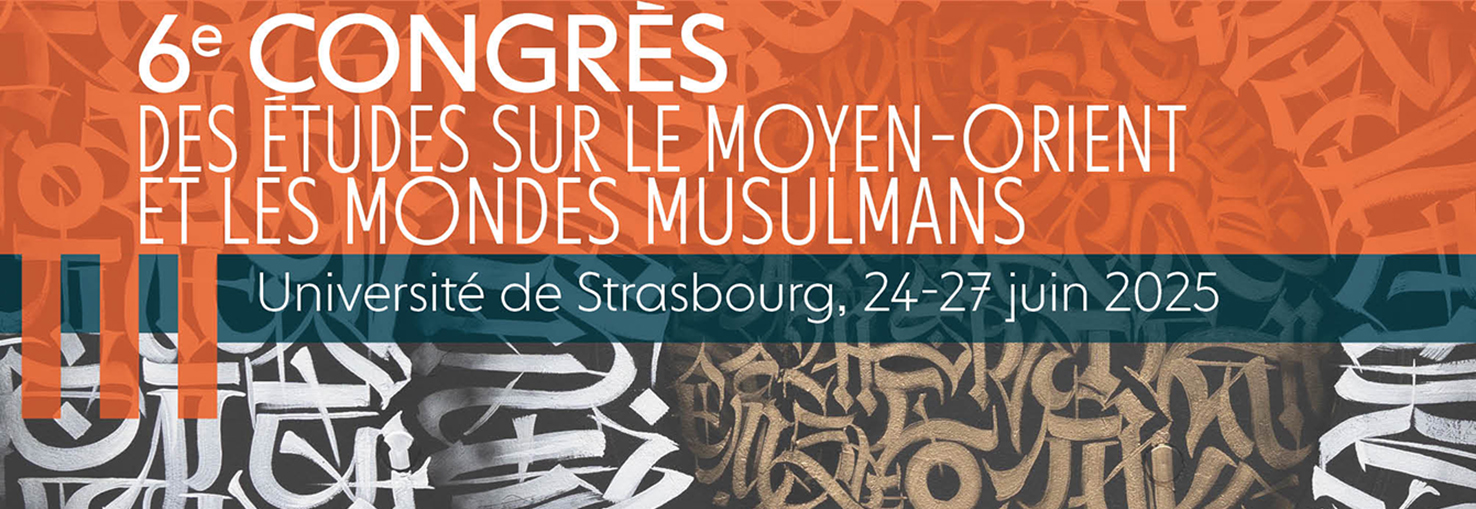Mercredi 25 juin, 8h30-10h30, Salle 3215
RESPONSABLES ET DISCUTANTES :
Anahi Alviso-Marino (CEFREPA, Ifpo)
Mariangela Gasparotto (EHESS)
INTERVENANTS DE L'ATELIER :
Jules Grange Gastinel (Université Aix-Marseille, Iremam, CNRS) et Emilien Debaere (Mesopolhis) : Les ronds-points : Carrefours de rivalités politico-religieuses. Étude comparée des sadristes (Bagdad) et des houthistes (Taez)
Roundabouts: Crossroads of politico-religious rivalries. A comparative study of the Sadrists (Baghdad) and the Houthis (Taez)
Anicet Tounwendsida Kabore (Université catholique de l'Afrique de l'Ouest, Unité universitaire à Bobo-Dioulasso, UCAO-UUB) : Les « gardiens des ronds-points » au Burkina Faso : Un art politique en contexte de crise terroriste ?
Les “gardiens des ronds-points”' in Burkina Faso: Political art in the context of a terrorist crisis?
Névyne Alexandra Zeineldin (CEFREPA) : La place de la Perle : Réinvention éphémère et enjeux symboliques d'un espace public
The Pearl Roundabout: Ephemeral reinvention and symbolic stakes of a public space
Katia Arfara (New York University Abu Dhabi) : Urban thresholds: Critical notes on Abu Dhabi's roundabout art



